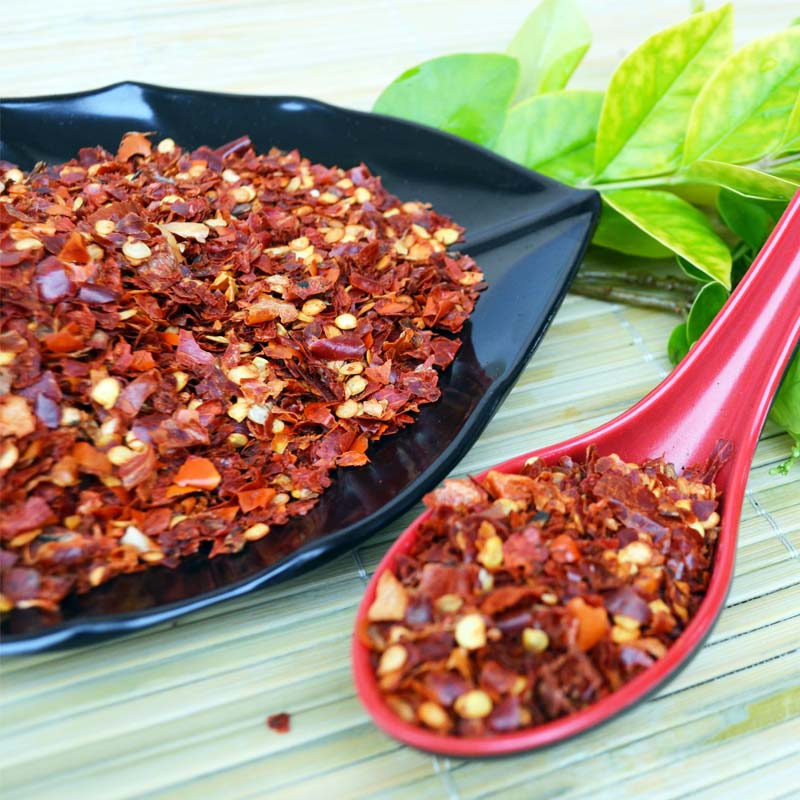- No. 268 Xianghe Street, Economic Development Zone of Xingtai city, Hebei 054001 China
- Byron@hbhongri.cn
Understanding the Composition and Uses of Paprika Powder in Culinary Arts
The Versatility and Benefits of Paprika Powder
Paprika powder, a vibrant red seasoning derived from dried and ground capsicum fruits, is a staple in kitchens around the world. Known for its rich flavor and lively color, paprika can enhance a variety of dishes, while also providing significant health benefits. This article will delve into the origins of paprika powder, its culinary uses, and the nutritional advantages it offers.
Origins and Types of Paprika
Paprika originated from Central America, where it was first cultivated by indigenous peoples. Christopher Columbus played a key role in introducing capsicum plants to Europe in the 15th century. Over time, different regions developed unique varieties of paprika, leading to a rich array of flavors and colors.
The three primary types of paprika are sweet, smoked, and hot. Sweet paprika, commonly used in Hungarian and Spanish cuisines, has a mild and slightly sweet flavor. Smoked paprika, or pimentón, is made from peppers that have been dried over an oak fire, imparting a beautiful smoky essence. Hot paprika, as the name suggests, brings a fiery kick to dishes and is often used in recipes that require a bit of heat.
Culinary Uses
Paprika powder's versatility makes it an essential ingredient in numerous culinary traditions. In Hungarian cuisine, it is a key component in dishes like goulash and chicken paprikash, where it adds depth and color. In Spanish cooking, paprika is crucial in paella and chorizo, contributing both flavor and visual appeal.
paprika powder made of

Beyond these traditional uses, paprika powder can also enhance everyday meals. Sprinkling it over roasted vegetables, potatoes, or eggs can elevate simple dishes to a gourmet level. It also works well as a seasoning for meats and seafood, giving them a burst of flavor without overwhelming other ingredients. In addition to being a seasoning, paprika can serve as a colorful garnish, brightening up everything from soups to salads.
Health Benefits
In addition to its culinary prowess, paprika powder boasts a variety of health benefits. Rich in antioxidants, it can help protect the body against oxidative stress and reduce inflammation. Paprika is also a good source of vitamins A, E, and C, all of which are essential for maintaining overall health. Vitamin A, in particular, supports eye health and immune function, while vitamin E acts as a powerful antioxidant.
Moreover, paprika contains capsaicin, a compound known for its pain-relieving properties. Capsaicin has been shown to help alleviate discomfort and improve circulation. Additionally, the presence of essential minerals like iron and magnesium supports various bodily functions, including the formation of red blood cells and muscle function.
Conclusion
Paprika powder, derived from the capsicum fruits, is more than just a spice; it is a symbol of culinary creativity and healthfulness. Its diverse varieties cater to an array of taste preferences, while its vibrant color and unique flavor make it a favorite among home cooks and professional chefs alike. With its numerous health benefits, including antioxidant properties and essential vitamins, incorporating paprika powder into your diet can be both delicious and nutritious.
Whether you are exploring the rich flavors of Hungarian goulash, spicing up a simple vegetable dish, or experimenting with new recipes, paprika powder is an ingredient that can transform your cooking. Embrace its versatility, and let it inspire you in the kitchen—your taste buds will thank you.
-
Turmeric Rhizome Powder: A Golden Treasure from Roots to TableNewsJul.28,2025
-
The Versatile Application Of Crushed Red Hot Peppers: Lighting Up The Red Flames On The Dining TableNewsJul.28,2025
-
The Paprika: A Touch Of Vibrant Red In Color, Flavor, And CultureNewsJul.28,2025
-
Ground Turmeric: A Modern Examination of an Ancient SpiceNewsJul.28,2025
-
Capsicum Liquid Extract: Features, Applications, and ChallengesNewsJul.28,2025
-
Application of Capsicum Liquid Extract in FoodNewsJul.28,2025







